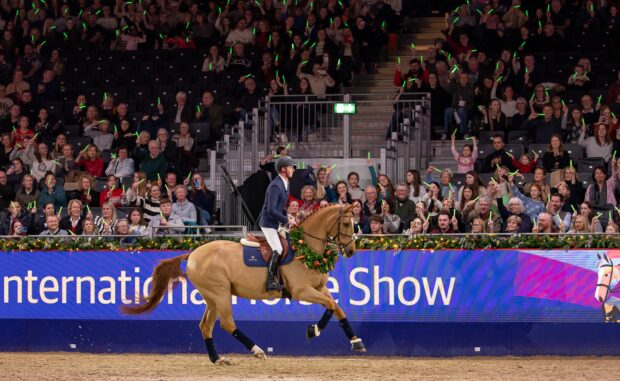The impending end of racing in Singapore has raised questions over what the future holds for the people and horses involved, as well as the wider equestrian industry.
The final race meeting will be held on 5 October and in 2027, the 120-hectare site in Kranji, on which the Singapore racecourse sits, will be handed back to the government for redevelopment.
Trainers were informed suddenly in a short meeting in June last year. H&H understands that there were around 700 horses in training at the time.
The official announcement from the Singapore Turf Club (STC) cited the fact in-person attendance at the racecourse has been declining over the past decade.
“We are saddened by the decision of the government to close the club,” said STC chairman Niam Chiang Meng. “At the same time, we understand the land needs of Singapore, including housing and other potential uses such as leisure and recreation.”
All trainers are based at the site, from which they run their own individual businesses. The racing industry also underpins the equestrian world in Singapore, and there are several yards on STC land.
H&H understands that STC is putting S$12,000 (£7,020) towards each racehorse’s relocation, but the real cost for most is far higher – particularly those flying abroad.
Louise Squires, who took on former racehorse Easy Does It in Singapore four years ago, flew him to the UK last week.
“I studied equine business at Hartpury and one of the topics that was prevalent then was how much the racing industry supports the equine industry,” she told H&H. “In Singapore, we’re seeing exactly that and how affected the equestrian industry is going to be in a few years to come.”
She added that on the equestrian side, people are already starting to see changes in the supply chain for things, such as availability of certain types of feed. Demand for shipping horses out of the country has also increased.
“It’s really sad for those who have had or worked with horses all their lives and might not have that opportunity any more,” she said.
“The government, for good reason, wants to build houses, people need homes. But that people will lose that ability to connect with horses is a real shame.”
Singapore equestrian federation chief executive Arnaud de Moussac highlighted areas such as the veterinary facility at the turf club, which sport horses currently use, and added that “the federation is working on a lot of ways to smooth the transition” and “be a catalyst to find solutions”.
Racehorses are being exported globally, including to Australia and New Zealand, but most are expected to go to neighbouring Malaysia. Any large movement of horses raises the question as to whether the receiving end has the capacity for them now and in retirement – and whether this could be an issue or an opportunity for development.
H&H has contacted the Malayan Racing Association, which regulates racing in both Malaysia and Singapore, for comment.
Jakki Harrison, who worked in the Singapore racing industry, has been fundraising and arranging logistics for retiring racehorses to travel to Europe, under the banner of SG Racehorse Retirement.
She is receiving support from Singapore’s equestrian federation, which is collecting donations on her behalf. To date, she has sent seven horses – some to full retirement at a knowledgeable home in France, others to be retrained as riding horses in Germany.
She has serious concerns around the number sent to Malaysia and what this means for horses’ welfare in future.
“In an ideal world, I’d like to raise awareness, and maybe try to get them out of Malaysia at some point for their retirement,” she said.
She added that she would like to see provision of a fund for each horse, similar to Hong Kong, where owners are required to pay towards a horse’s retirement as a condition of their import to race.
Singapore-based Australian trainer Dan Meagher has spent a combined total of 18 years there and has strong family and business connections to Singapore.
“I went through a range of emotions. At the start, I was very angry and upset with how [the news that racing was ending] was handled,” he said. “Then to, ‘It’s reality, how do you make the most of it?’”
He added that support subsidies paid by STC have helped keep racing yards operating over the last 18 months. By October, he will have 16 horses in Singapore from his string of 60. Among the horses that have left are several that have travelled to Europe for retirement.
Mr Meagher is moving back to Australia to operate from Victoria, and is looking to the future, while supporting his staff – some of whom originally worked for his father – and horses.
“The number one important things are our horses and our staff,” he said.
- To stay up to date with all the breaking news throughout Blenheim Horse Trials, Horse of the Year Show, London International and more, subscribe to the Horse & Hound website
You may also be interested in:

Subscribe to Horse & Hound magazine today – and enjoy unlimited website access all year round




